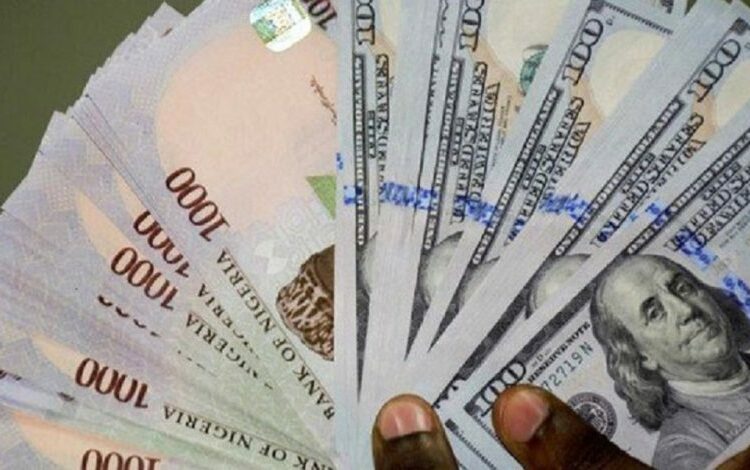The value of the Naira hit an unprecedented low, closing at N1,700 to one US dollar in the parallel market at the close of business on Monday, a 0.29 per cent decline compared to N1,695 to the dollar which it sold last week Friday.
While the naira slid in the parallel market, it showed relative stability in the Investors and Exporters (I&E) window, closing at N1,641.27 to the dollar. Nevertheless, this still represents a 1.14 per cent depreciation from its previous value of N1,622.57. The persistent pressures on Nigeria’s foreign exchange system despite a recent rally in crude oil prices, which have surpassed $80 per barrel.
Analysts noted that the widening gap between the official and parallel market rates highlighted growing imbalances in the country’s foreign exchange dynamics. The naira has been on a steep downward trajectory throughout 2024, shedding over half of its value since January.
At the start of the year, the currency traded at N907.11, but by October, it had crossed the N1,500 threshold. After reaching a record low of N1,616.5 in February, the naira briefly rebounded to N1,303 in March. However, this recovery was short-lived, and by April, it had slipped below N1,100, continuing its plunge.
By late September, the naira had depreciated to N1,668.97, and the latest dip into the N1,700 range underscores the currency’s ongoing weakness. In the I&E window, the naira experienced heightened volatility during recent trading sessions, reaching a high of N1,675 and a low of N1,591 before settling at N1,641.27.
Trading volumes in the I&E window surged dramatically to $616.73 million, up from $145.56 million the previous day, suggesting growing demand for dollars.





